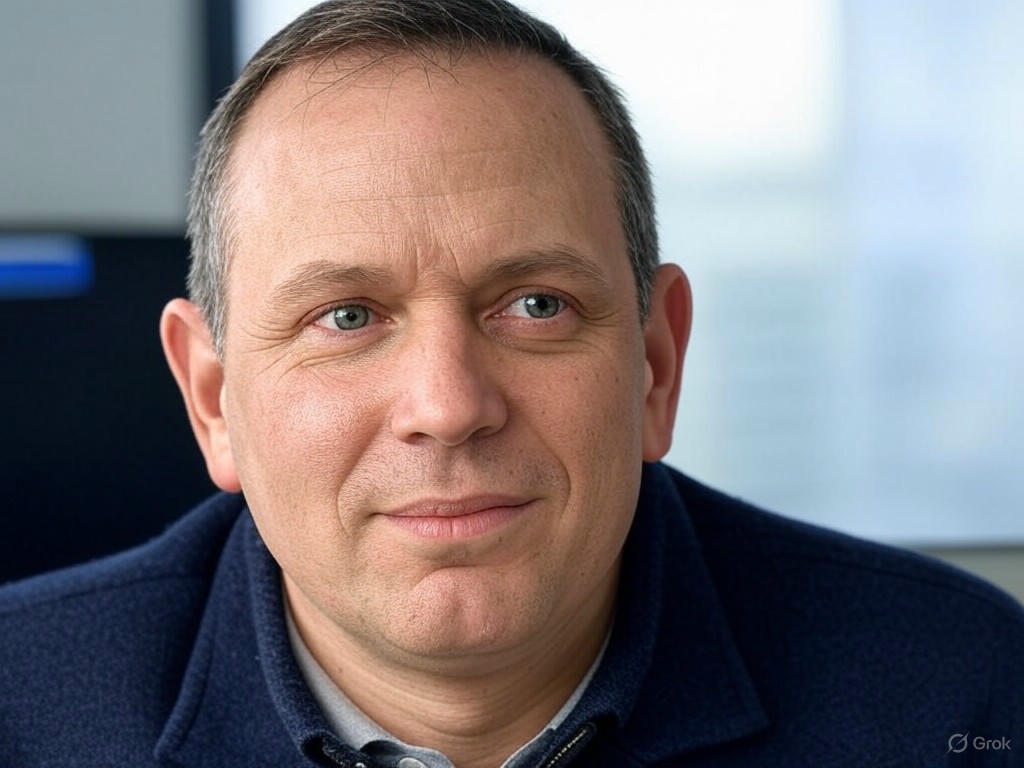Tesla’s Robotaxi Revolution: A $2 Trillion Future on the Horizon?
Tesla is gearing up for a game-changing moment in the automotive and tech industries as it prepares to unveil its much-anticipated robotaxi program in Austin, Texas. This ambitious initiative, set to debut this weekend, has sparked intense excitement among investors and analysts alike. Leading the bullish charge is tech analyst Dan Ives, who has boldly predicted that this venture could propel Tesla’s market capitalization to an astonishing $2 trillion—nearly doubling its current valuation. If achieved, this milestone would solidify Tesla’s position as a titan in the innovation space.
The concept of a fully autonomous taxi service is not just a futuristic dream but a potential disruptor in urban transportation. Tesla’s robotaxi program aims to leverage the company’s cutting-edge autonomous driving technology, powered by its proprietary AI systems and extensive data from millions of vehicles on the road. Unlike traditional ride-sharing models that rely on human drivers, Tesla envisions a fleet of self-driving vehicles that owners can deploy to generate passive income through a shared network. This model promises to reduce operational costs and redefine how people move in cities, potentially slashing the need for personal car ownership. The Austin rollout is seen as a critical testbed, offering real-world insights into the scalability and safety of such a system in a bustling urban environment.
Dan Ives, a prominent voice in tech analysis, argues that the robotaxi launch could be a tipping point for Tesla. He points to the company’s relentless innovation under Elon Musk’s leadership, coupled with growing consumer acceptance of autonomous tech, as key drivers of this potential valuation surge. Ives believes that if Tesla can prove the reliability and profitability of its robotaxi fleet, it could unlock new revenue streams far beyond traditional car sales. Moreover, success in this arena might position Tesla as a leader in the broader autonomous vehicle market, outpacing competitors who are still grappling with regulatory and technical hurdles. However, skepticism remains among some market watchers who caution that unforeseen challenges—such as public trust in driverless tech or legal roadblocks—could temper this optimistic forecast.
As the Austin debut approaches, all eyes are on Tesla to deliver not just a functional product but a transformative experience. A successful launch could catalyze investor confidence, sending Tesla’s stock soaring and reinforcing its dominance in the electric vehicle and AI sectors. Beyond the financial implications, the robotaxi program carries the potential to reshape urban landscapes, reduce traffic congestion, and lower carbon emissions—a vision aligned with Tesla’s mission of sustainability. Whether this weekend marks the beginning of a $2 trillion journey or a more cautious step forward, one thing is clear: Tesla continues to push boundaries, challenging the status quo with every bold move. The road ahead is uncertain, but for now, the world watches as Tesla steers into uncharted territory.


